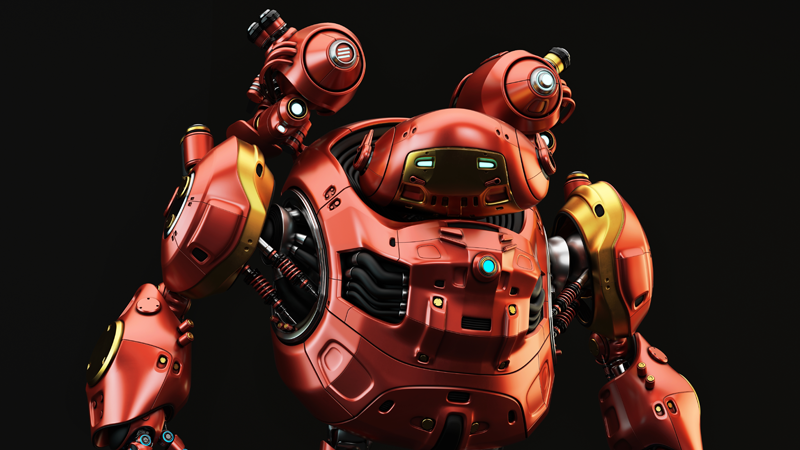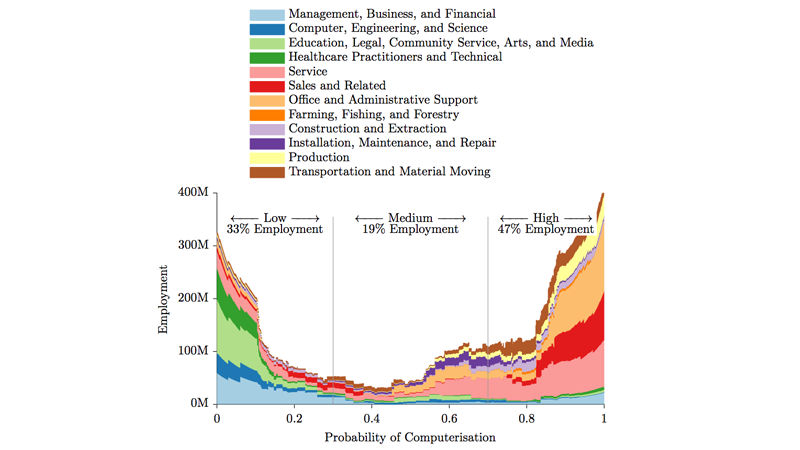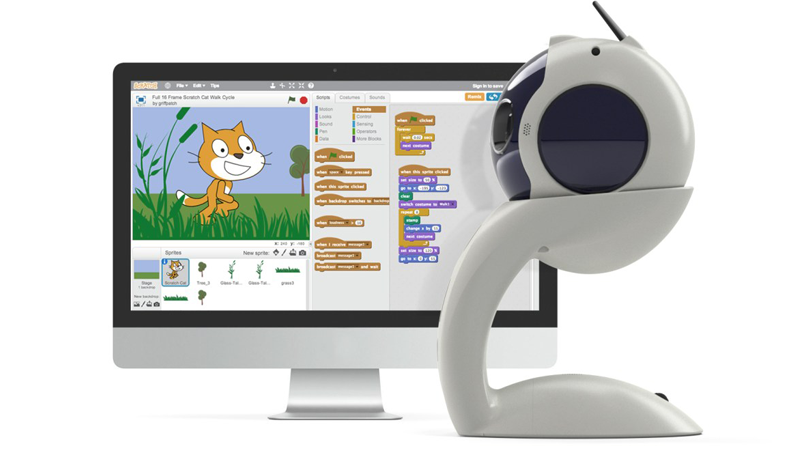In the near future, robotization should not only penetrate most areas of human life, making it much easier, but also “open up” for maximum control by the user and adaptation to it.

Long since, introducing a machine that can become a multifunctional assistant, a person, as a rule, painted in his imagination something similar to himself or familiar beings, only “with gears inside”. In the XVIII century, two centuries before the advent of robots and the word “robot” itself, the inventor Wolfgang von Kemplin presented a “chess machine” that allegedly played independently with people - in fact, the real chess player played the game, but the mechanism “translated” its moves, moving the pieces across the board. From a technical point of view, for the same result, the engineer would have had the “hand” of a manipulator or a system of magnets hidden under the board. But for the “wow effect” in public, von Kempelen had to “hide” the mechanism in a wax figure of a man dressed in Turkish clothing.
Such a "human-centeredness" for a long time distorted the ideas of the masses about robotics. Despite the fact that robots already live en masse among us (only industrial on Earth is about 2 million and hardly any of them is human or animal-like), we often still present these cars in the future with two hands and two legs , similar to us in appearance and copy almost all of our behavior. This vision leads us not so much to the wrong, but to a rather tortuous path. And besides - it stirs the fear of robotization. After all, if robots are so similar to us in communication and work, then they may be similar to some of us in aggressiveness and evil intent ?!
Rise of the machines is postponed.
These concerns are at least very premature.Malice, as we understand it, is possible only with consciousness. And the development of artificial intelligence (in any case not hidden under the heading "Secret") is too far from creating conscious machines. The famous scientist and showman Neil Degrass Tyson is sure that we are too far from even understanding what our consciousness is, let alone being able to reproduce it.

In the notorious Facebook experiment, “out of control”, two chatbots could not agree on a mutually beneficial exchange of things, switching to an extravagant dialogue. But they were purposefully programmed to such negotiations by some of the best developers in the world! How much time and effort will be needed for such bots to be able to coordinate their efforts in trifles - not even in matters of world capture and planetary collapse?
When AI is sufficiently advanced in its development - and this is inevitable - it is still unlikely that robots will be created that are as identical as possible to humans in appearance and possible actions. The main question: why? As we said above, there are only a few robots that are visually similar to humans. And then - they are all involved or will be involved in the entertainment industry or the like. In industry, most likely there are none at all. And it is no coincidence. To perform the necessary functions of a human robot and should not be like a man. The bot driver does not need hands, legs and body, because he does not need a steering wheel and pedals - a direct connection to the car’s mechanism is enough. Robot chefs do not need to look like Gordon Ramsay - it is just more justified that this is a classic black box that controls kitchen devices through an apartment network. (By the way, according to a study by Oxford University in 2015, the profession of a restaurant chef will be automated with a probability of 96.3%, and even the work of personal chefs will be automated with a 30% probability).
 The distribution of bls 2010 occupational risk over computerization (US). Chart: Oxford
The distribution of bls 2010 occupational risk over computerization (US). Chart: OxfordThe famous four-legged robot BigDog from Boston Dynamics has united a lot of the appearance and behavior of different four-legged animals, but in the end, after several years of work, the developers were recognized as an unsuccessful venture. “Similarity” to real animals did not make it more functional. Rather, on the contrary - some primitive angular unmanned quad would be more useful.
It is likewise meaningless to give “at the mercy” to one robot a large number of completely different functions, like that of a human being. Specific types of robots will certainly replace a person in specific processes, but it is rational to make “universal soldiers” out of them only in cinema fiction.
When is the robot really yours?
Having calmed robosceptics, we will try to please the robo-optimists.Robotics is developing at an insane rate. And this development will be given more and more acceleration. At the spring international exhibition CeBIT 2017 of Germany and Japan, the countries-technology leaders, agreed on an even greater motivation for robotization and digitalization of the economies of their states, and as a result - of the world.
Yesterday we could have run into a robot in our usual life at work, the better off of us could afford an AIBO robot vacuum cleaner or “dog”. Today, in pharmacies, the robot finds and delivers the right medicine (so far, however, with the participation of the pharmacist), and the programmed drone carries the package instead of the courier. But tomorrow the robot will feed our children from a spoon and entertain them with a song or a fairy tale. At the World Robot Conference 2017 in Beijing, visitors were greeted by Alpha 2, a small “humanoid” capable of talking and telling stories, guarding the house, helping during yoga classes, calling for medical assistance, etc. At the same conference, a Bestic robot who could feeding with a spoon is true, the target audience of a startup is not children, but elderly people and people with disabilities.
In principle, as is known, the creation of a “smart home”: gadgets and mechanisms, networked and, to a large extent, automated, is the reality of today. The only question is the cost and "advancement" of existing technological solutions. On the one hand, they are rapidly becoming cheaper for the consumer, on the other hand, more and more new and revolutionary appear constantly.
One of the logical next steps in robotization and digitalization, which will make it possible to achieve technological breakthroughs without a large financial burden - expanding the possibilities for customizing high-tech products, ideally - the maximum possible access for programming robots and gadgets for users or third-party developers. Simply put: so that the same robot vacuum cleaner can be “pumped” from the factory settings independently or with the help of a third-party application. There are not so many risks in such freedom of action: anyone can create software for iOS or Android, and this did not lead to disasters, on the contrary, it made the lives of millions of users easier.
You can assume the resistance to such liberties on the part of technology giants, but the answer to this will be smaller companies, independent platforms and developers. At the IBM Interconnect 2017 conference, the Q.bo One robot was introduced - with less basic functionality than the Alpha 2 mentioned, but the most important nuance! - with open source software and an intuitive interface for independent behavior programming. Even now, its value is estimated by the creators at only $ 370, which is comparable with much more promoted and less functional "toys."
 Configuring robot Q.bo One with Scratch. Photo: TheCorpora
Configuring robot Q.bo One with Scratch. Photo: TheCorporaThus, the door opens for us not only to the “smart home”, but also to its maximum adaptation to our needs.